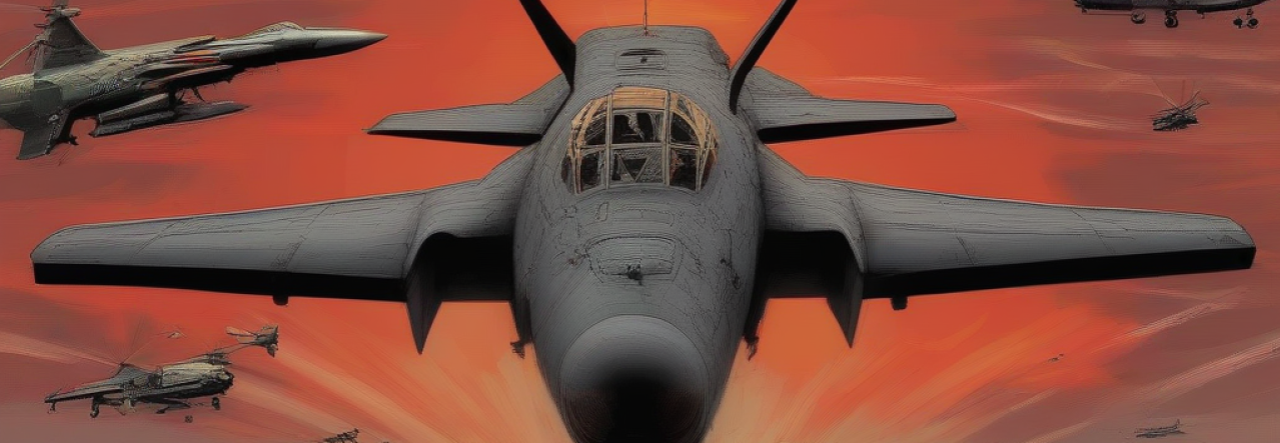The Military Techno-Thriller: A History
I absolutely loved Nader Elhefnawy’s “The Rise And Fall Of The Military Techno-Thriller.” So when I found that he’d written a recent big-picture overview of the genre , I was delighted and eagerly snapped it up. Rather than starting with the classic ‘invasion novels’ of the late 1800s, Elhefnaway moved even further, beginning in the 1600s.
Thus begins a multi-century tour de force, deftly pointing out not only the books themselves but also the cultural context behind them. This book is both long enough to be comprehensive (mostly) and short enough to be easily readable, making it the best of both worlds.
The picture it paints of the “techno-thriller” per se is of a genre that could only really thrive at one very specific sort of time. It has to exist in a period of heightened military tension that can’t spill over into any sort of massive backlash and a period of novel technology at the same. Such a period existed around the turn of the 20th Century and in the 1980s. At least in the latter case, it was not sustainable even without “events”, and with the “events” (ironically consisting of a war in the first period and a peace in the second), both were doomed.
There are a lot of fascinating insights that made me go “a-ha”, for lack of a better term. Elhefnawy’s statement that “Full-scale great power war scenarios like Clancy’s Red Storm Rising, Coyle’s Team Yankee or Ralph Peters’ Red Army (1989) were in the minority” matches what I found after starting this blog-my “blind man touching the elephant” background in wargaming and alternate speculation made me think the ‘big-war’ subgenre of that sort was considerably larger than it actually was. Another insight I found intriguing was the notion that Red Army was as successful as it was because it was novel in large part compared to other Fuldapocalyptic tales. And the tone of the writing, being frequently critical but never sneeringly dismissive, works very well too.
I think my biggest substantive disagreement with Elhefnawy’s conclusions is his depiction of the technothriller now. He mentions the “rise-of-China/return-of-Russia” change in geopolitics, but argues that “Nonetheless, the cultural trends evident in the 1990s proved quite robust”. I think that shift gave the the technothriller a bigger bump in popularity than he gives it credit for, especially given the headwinds it’s had to work against (the fragmentation of publishing and pop culture).
And while I don’t want to nitpick the omission of certain areas in something that’s meant to be a general overview, there’s a few I where thought more detail could have been warranted. In particular are what he calls the “vigilante novels” (ie, Mack Bolan). These are interesting in that they provide a parallel track of pop culture that both stood apart from and moved closer to the technothriller across the length of time. That phenomenon gets a segment but deserved more. There’s also the long-term “squeezing” of the mainstream publishing industry, and a deeper look at how that and the push for big, higher-margin books both helped and hurt the technothriller would have been nice. (It’s mentioned several times, but never in too much depth).
Still, these are just very small critiques for an excellent book that examines an overlooked genre through a variety of interesting perspectives in a highly readable way. I cannot recommend The Military Techno-Thriller: A History enough for fans of the genre.
